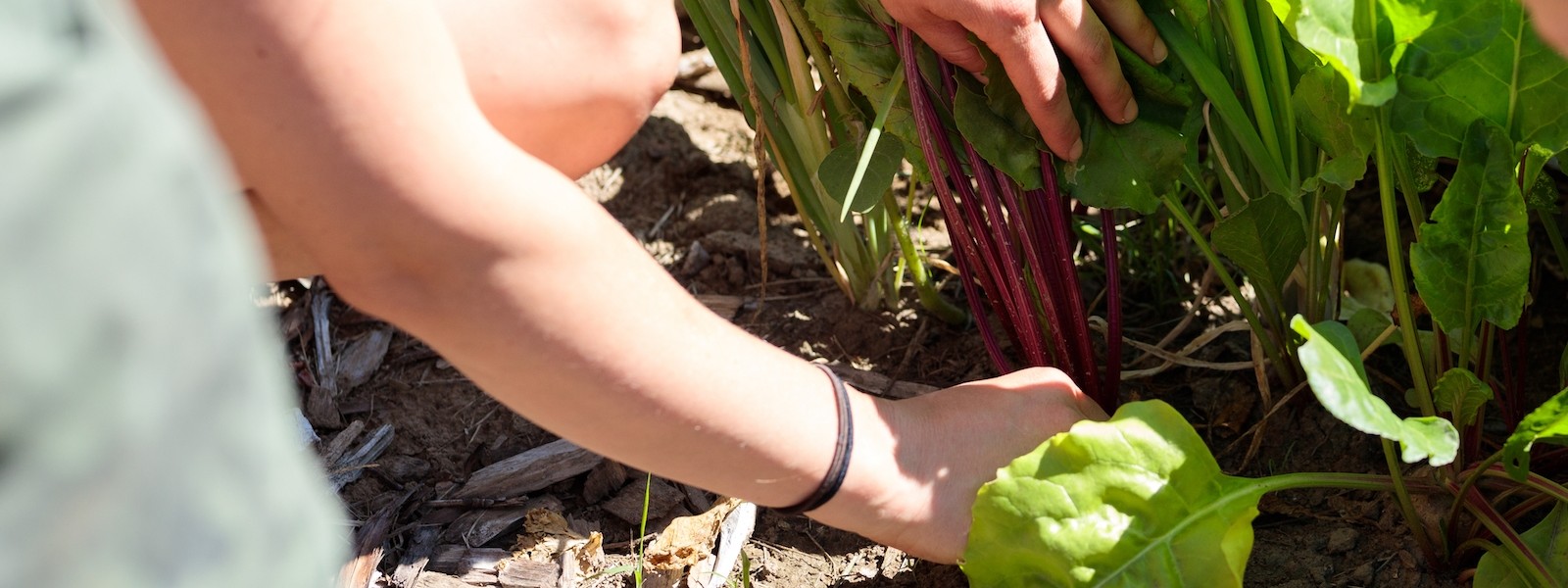Tomato Seed Saving
Saving seeds is a great way to have more control in your garden. Learn more about the general process of Seed Saving with our tip. If you are interested in seed saving, saving your own tomato seeds is a great place to start! Develop your own varieties of tomato and share them with your friends. We can enjoy the bounty of heirloom tomatoes precisely because there have been generations of gardeners who have saved seeds from their best tasting fruits. To learn more about these jewels of flavor, visit our page on Heirloom Tomatoes. Here are some suggestions.
Saving the Seed
First, make sure that the varieties of tomatoes from which you want to save seed are “open-pollinated” and not “hybrid.” Their seed packet should indicate this. Hybrid varieties will not be good for saving seed because the offspring from their seeds will not be true to type. For more info in this visit Heirlooms VS. Hybrids.
Carefully watch your tomato crop. Keep a keen eye out at the beginning of the season for the plant that looks the healthiest and produces fruit the earliest. With that in mind, also notice the way the plants fruit. As you sample your tomatoes, decide which ones taste the best. Keeping all of these factors in mind, choose one of several of the best tomatoes to save seeds from, knowing you will get the same variety next year and that it will become ever-so-slightly more adapted to your garden.
As tomato seeds have a gel casing around the seeds, they need to be processed using a wet method. By slightly fermenting the seeds, you inoculate them against disease. Don’t be intimidated by the following wet-process method: it is very simple.
- Harvest your favorite tomato when it is fully ripe on the vine.
- To process, take your tomato, or tomatoes, into the kitchen and scoop out the seeds into a glass jar. Make sure to label the jar as all tomato seeds look similar! Don’t forget!! You can eat the rest of the fruit!
- Add a little bit of water to the seeds and tomato pulp, stir, cover loosely with a dishcloth or cheesecloth and place in an out-of-the-way location.
- Allow to sit and ferment for, on average, 4-5 days. Make sure to stir 1-2 times per day. A thick, white layer of mold with bubbles will begin to form on top and will produce a strong, bad smell. Don’t allow the seeds to over-ferment as this may cause germination.
- After fermentation has occurred, scrape off the moldy layer. Add water to the jar and swish. Wait 10 seconds for the seeds to settle. Good seeds will sink to the bottom while bad seeds and debris will float to the top. Pour off this liquid, the bad seeds and debris and rinse again.
- Repeat this process until you have just good seeds and until the rinsing water is completely clean.
- When you are finished, pour off all the liquid and spread the tomato seeds on wax paper, a paper plate, or a coffee filter to prevent sticking. Label each tomato variety again!
- Allow the seeds to dry for 1-2 weeks in a non-humid location out of direct sunlight. Make sure the seeds are completely dry before storing.
Sources
CCF staff
Fedco Seeds
Native Seeds
Tomato Dirt
Interested in learning more? The Grower’s Library at Johnny’s Selected Seeds may have the information you’re looking for.

